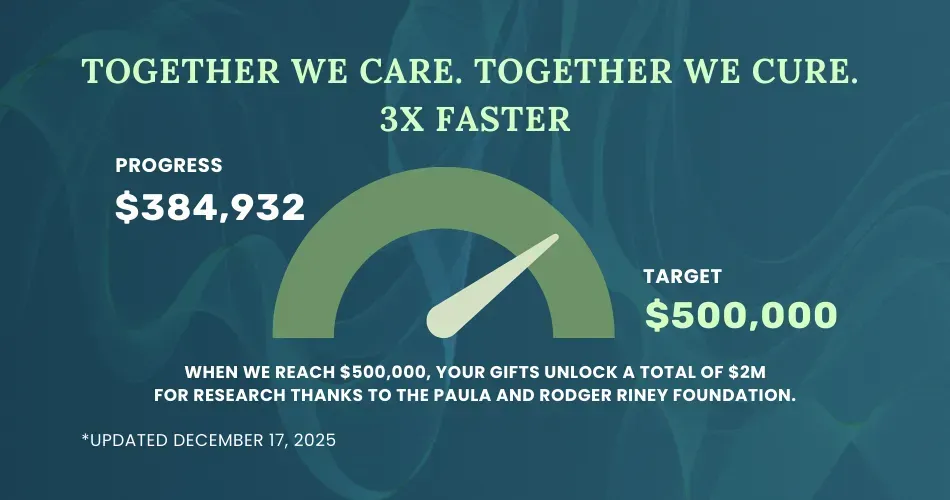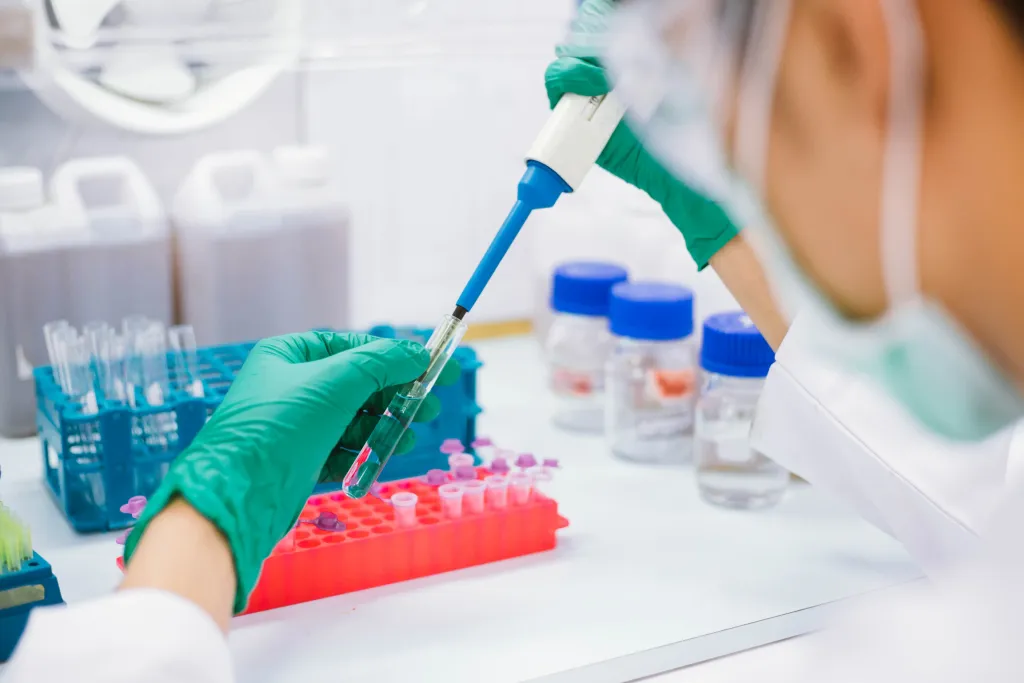What are Treatments for Blastic Plasmacytoid Dendritic Cell Neoplasm?
Due to the rarity of blastic plasmacytoid dendritic cell neoplasm (BPDCN), there is no consensus regarding the best treatment approach. However, several treatment options have been explored, including chemotherapy, stem cell transplantation, and targeted therapy. Treatment choice depends largely on the patient's overall health, age, and disease stage.
1. Chemotherapy
Historically, chemotherapy has been the first line of treatment for BPDCN. It involves the use of medications to treat cancer by preventing the growth or spread of cancer cells. This option can be effective in controlling the disease, but given the median age (70) at diagnosis, many individuals may be less able to tolerate the significant side effects of intensive chemotherapy, making this treatment less suitable for some.
2. Targeted Therapy
Targeted therapy is a newer treatment option for BPDCN. This approach involves the use of medications that specifically target cancer cells, sparing healthy cells and reducing side effects. The first targeted therapy approved for BPDCN is tagraxofusp (Elzonris), a CD123-directed cytotoxin. Elzonris works by binding to CD123, a protein that is overexpressed on BPDCN cells, and delivering a toxin that eliminates the cells. Other targeted therapies, such as venetoclax (a BCL-2 inhibitor) and SL-401 (a diphtheria toxin conjugate), are currently being investigated in clinical trials.
3. Stem Cell Transplantation
Stem cell transplantation, specifically allogeneic hematopoietic stem cell transplantation (allo-HSCT), is considered a highly effective treatment for BPDCN, especially for patients in first complete remission. This procedure involves replacing the patient's stem cells with healthy stem cells from a donor. Allo-HSCT offers the potential for long-term remission and improved outcomes for many.
4. Clinical Trials
Clinical trials can provide access to cutting-edge treatments that are not yet approved but show promise over years of testing. Whether clinical trial participation is appropriate for an individual depends on a variety of factors including the patient's age, and overall health. It's important to discuss all treatment options, including goals and possible side effects, with your healthcare team to help make the best decision.
5. Central Nervous System Prophylaxis
Central Nervous System (CNS) involvement occurs in about 20-30 % of BPDCN patients. As new treatments become available and survival rates improve, it is important to consider treatment options that prevent the spread of cancer to the central nervous system.
To learn more about your BPDCN clinical trial options, visit HealthTree's BPDCN Clinical Trial Finder. Utilize the advanced filter option to locate trials that you are eligible to participate in. You can create a HealthTree account to favorite your top trial options so you can discuss them with your BPDCN specialist.
Want to Learn More About Blastic Plasmacytoid Dendritic Cell Neoplasm?
Keep reading HealthTree for Blastic Plasmacytoid Dendritic Cell Neoplasm's 101 pages!
- What Is Blastic Plasmacytoid Dendritic Cell Neoplasm?
- How Is Blastic Plasmacytoid Dendritic Cell Neoplasm Diagnosed?
- How Long Will I Live With Blastic Plasmacytoid Dendritic Cell Neoplasm?
- What Are The Signs And Symptoms Of Blastic Plasmacytoid Dendritic Cell Neoplasm?
- How Is Blastic Plasmacytoid Dendritic Cell Neoplasm Staged And Classified?
Source:
Major breakthroughs in the field of BPDCN: combination therapies, managing CNS involvement & more
Due to the rarity of blastic plasmacytoid dendritic cell neoplasm (BPDCN), there is no consensus regarding the best treatment approach. However, several treatment options have been explored, including chemotherapy, stem cell transplantation, and targeted therapy. Treatment choice depends largely on the patient's overall health, age, and disease stage.
1. Chemotherapy
Historically, chemotherapy has been the first line of treatment for BPDCN. It involves the use of medications to treat cancer by preventing the growth or spread of cancer cells. This option can be effective in controlling the disease, but given the median age (70) at diagnosis, many individuals may be less able to tolerate the significant side effects of intensive chemotherapy, making this treatment less suitable for some.
2. Targeted Therapy
Targeted therapy is a newer treatment option for BPDCN. This approach involves the use of medications that specifically target cancer cells, sparing healthy cells and reducing side effects. The first targeted therapy approved for BPDCN is tagraxofusp (Elzonris), a CD123-directed cytotoxin. Elzonris works by binding to CD123, a protein that is overexpressed on BPDCN cells, and delivering a toxin that eliminates the cells. Other targeted therapies, such as venetoclax (a BCL-2 inhibitor) and SL-401 (a diphtheria toxin conjugate), are currently being investigated in clinical trials.
3. Stem Cell Transplantation
Stem cell transplantation, specifically allogeneic hematopoietic stem cell transplantation (allo-HSCT), is considered a highly effective treatment for BPDCN, especially for patients in first complete remission. This procedure involves replacing the patient's stem cells with healthy stem cells from a donor. Allo-HSCT offers the potential for long-term remission and improved outcomes for many.
4. Clinical Trials
Clinical trials can provide access to cutting-edge treatments that are not yet approved but show promise over years of testing. Whether clinical trial participation is appropriate for an individual depends on a variety of factors including the patient's age, and overall health. It's important to discuss all treatment options, including goals and possible side effects, with your healthcare team to help make the best decision.
5. Central Nervous System Prophylaxis
Central Nervous System (CNS) involvement occurs in about 20-30 % of BPDCN patients. As new treatments become available and survival rates improve, it is important to consider treatment options that prevent the spread of cancer to the central nervous system.
To learn more about your BPDCN clinical trial options, visit HealthTree's BPDCN Clinical Trial Finder. Utilize the advanced filter option to locate trials that you are eligible to participate in. You can create a HealthTree account to favorite your top trial options so you can discuss them with your BPDCN specialist.
Want to Learn More About Blastic Plasmacytoid Dendritic Cell Neoplasm?
Keep reading HealthTree for Blastic Plasmacytoid Dendritic Cell Neoplasm's 101 pages!
- What Is Blastic Plasmacytoid Dendritic Cell Neoplasm?
- How Is Blastic Plasmacytoid Dendritic Cell Neoplasm Diagnosed?
- How Long Will I Live With Blastic Plasmacytoid Dendritic Cell Neoplasm?
- What Are The Signs And Symptoms Of Blastic Plasmacytoid Dendritic Cell Neoplasm?
- How Is Blastic Plasmacytoid Dendritic Cell Neoplasm Staged And Classified?
Source:
Major breakthroughs in the field of BPDCN: combination therapies, managing CNS involvement & more
Trending Articles
Get the Latest Blastic Plasmacytoid Dendritic Cell Neoplasm Updates, Delivered to You.
By subscribing to the HealthTree newsletter, you'll receive the latest research, treatment updates, and expert insights to help you navigate your health.
Together we care.
Together we cure.
3x Faster.




